ABOUT THIS COURSE
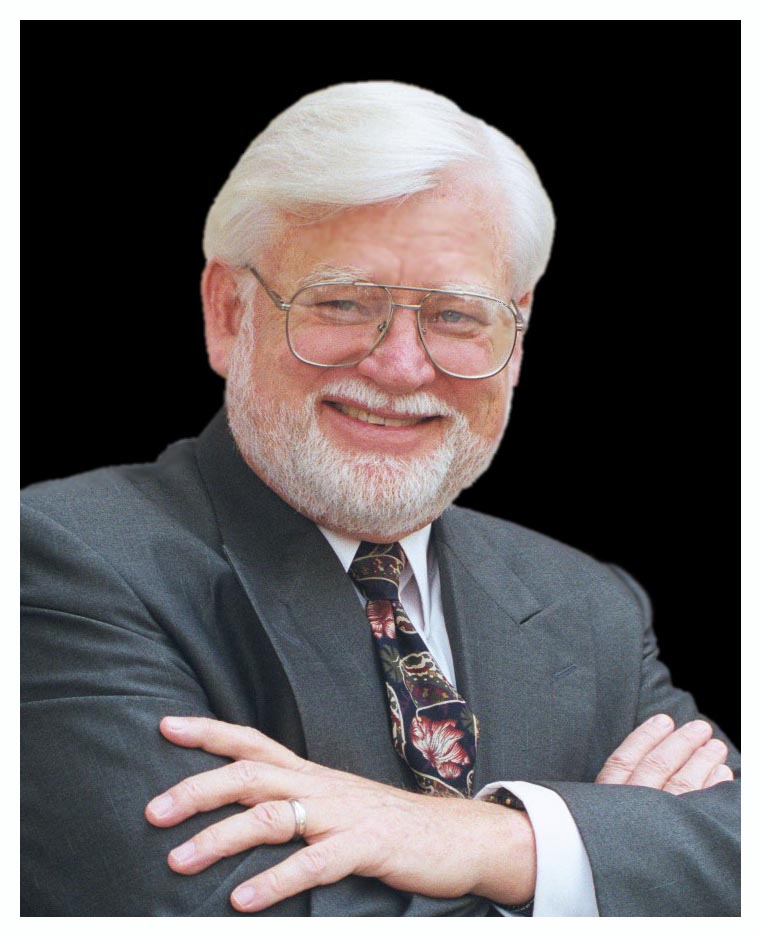 This course was designed by Dr. Arnold Lastinger. Dr. Lastinger is a graduate of Southeastern University, Assemblies of God Theological Seminary and Erskine Theological Seminary. He pastored in America for 45 years; the last 25 as Senior Pastor of the First Assembly of God in Gainesville, Florida. He served on the presbytery board for the Assemblies of God in the State of Florida consecutively for a quarter of a century. In 2004, he and his wife "retired" to a ministry of "missionary-educator" teaching in Bible Colleges and seminaries around the world. In 2011, the Assemblies of God World Missions recruited him out of retirement to move to Kiev, Ukraine and become president of Evangel Theological Seminary, a post he still holds.
This course was designed by Dr. Arnold Lastinger. Dr. Lastinger is a graduate of Southeastern University, Assemblies of God Theological Seminary and Erskine Theological Seminary. He pastored in America for 45 years; the last 25 as Senior Pastor of the First Assembly of God in Gainesville, Florida. He served on the presbytery board for the Assemblies of God in the State of Florida consecutively for a quarter of a century. In 2004, he and his wife "retired" to a ministry of "missionary-educator" teaching in Bible Colleges and seminaries around the world. In 2011, the Assemblies of God World Missions recruited him out of retirement to move to Kiev, Ukraine and become president of Evangel Theological Seminary, a post he still holds.
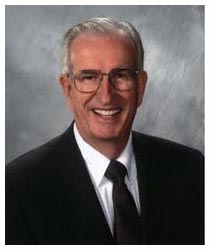 The course is built on a study-text written by Dr. William Menzies. Born on July 1, 1931, Menzies earned a B.A. at Central Bible College (Springfield, Missouri) and a M.A. at Wheaton College (Wheaton, Illinois). He was ordained in 1956. Menzies held teaching and administrative positions at Central Bible College, Evangel University (Springfield, Missouri), the Assemblies of God Theological Seminary (Springfield, Missouri), California Theological Seminary (Fresno, California) and Asia Pacific Theological Seminary (Baguio City, Philippines). Menzies is widely known in Pentecostal and evangelical circles as a statesman, building bridges across denominational and racial divides. He was one of the organizers of the Society for Pentecostal Studies and was the first editor of the society's journal, Pneuma. He was also one of the editors for the Full Life Study Bible and a consulting editor for Christianity Today. He went to be with the Lord shortly past noon on August 15, 2011.
The course is built on a study-text written by Dr. William Menzies. Born on July 1, 1931, Menzies earned a B.A. at Central Bible College (Springfield, Missouri) and a M.A. at Wheaton College (Wheaton, Illinois). He was ordained in 1956. Menzies held teaching and administrative positions at Central Bible College, Evangel University (Springfield, Missouri), the Assemblies of God Theological Seminary (Springfield, Missouri), California Theological Seminary (Fresno, California) and Asia Pacific Theological Seminary (Baguio City, Philippines). Menzies is widely known in Pentecostal and evangelical circles as a statesman, building bridges across denominational and racial divides. He was one of the organizers of the Society for Pentecostal Studies and was the first editor of the society's journal, Pneuma. He was also one of the editors for the Full Life Study Bible and a consulting editor for Christianity Today. He went to be with the Lord shortly past noon on August 15, 2011.
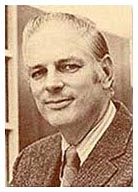 The foundational text used by Dr. Menzies was written by Paul E. Little. Paul E. Little and his wife, Marie, worked for twenty-five years with InterVarsity Christian Fellowship. He was also the author of Know Why You Believe, Know Who You Believe, and How to Give Away Your Faith. Until he went home to be with the Lord in 1975, he was also associate professor of evangelism at Trinity Evangelical Divinity School in Deerfield, Illinois. Professor Little's book has become a classic reference in the field of Apologetics.
The foundational text used by Dr. Menzies was written by Paul E. Little. Paul E. Little and his wife, Marie, worked for twenty-five years with InterVarsity Christian Fellowship. He was also the author of Know Why You Believe, Know Who You Believe, and How to Give Away Your Faith. Until he went home to be with the Lord in 1975, he was also associate professor of evangelism at Trinity Evangelical Divinity School in Deerfield, Illinois. Professor Little's book has become a classic reference in the field of Apologetics.
"There are just a few timeless treasures in Christian Literature. Know What You Believe is one of them. I am confidant that the expanded and updated version of this book will be as important to this generation as it was when I was a student."
-Joseph M. Stowell, President, Moody Bible Institute

 1. Identify definitions or examples of given terms that are related to the subject of apologetics.
1. Identify definitions or examples of given terms that are related to the subject of apologetics. OBJECTIVES FOR THIS LESSON:
OBJECTIVES FOR THIS LESSON: LESSON TITLE: Dealing With Doubt
LESSON TITLE: Dealing With Doubt OBJECTIVES FOR THIS LESSON:
OBJECTIVES FOR THIS LESSON: READING ASSIGNMENT: Read Chapter 5 in your IST and do the exercises you find there.
READING ASSIGNMENT: Read Chapter 5 in your IST and do the exercises you find there. OBJECTIVES FOR THIS LESSON:
OBJECTIVES FOR THIS LESSON: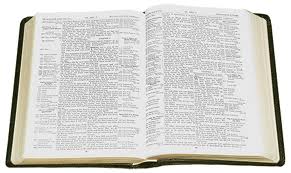 OBJECTIVES FOR THIS LESSON:
OBJECTIVES FOR THIS LESSON: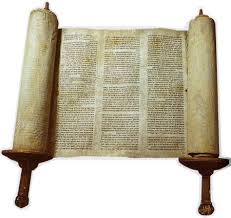 OBJECTIVES FOR THIS LESSON:
OBJECTIVES FOR THIS LESSON: OBJECTIVES FOR THIS LESSON:
OBJECTIVES FOR THIS LESSON: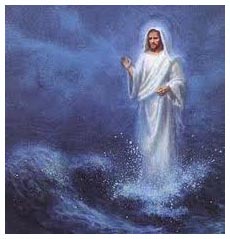 OBJECTIVES FOR THIS LESSON:
OBJECTIVES FOR THIS LESSON: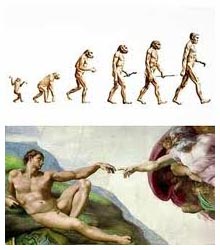 Describe the meaning, scope, and limitations of science and the scientific method.
Describe the meaning, scope, and limitations of science and the scientific method. Summarize the problem of evil, and identify examples of natural, moral, and gratuitous evil.
Summarize the problem of evil, and identify examples of natural, moral, and gratuitous evil. Identify and refute common objections to the validity of Christian experience.
Identify and refute common objections to the validity of Christian experience. In addition to your basic text (IST), almost every course at ETS requires the reading of a supplemental textbook on the same subject and the writing of a review of that book. This is known as a Collateral Reading Assignment (CRA) and the paper you write is called a Collateral Writing Assignment (CWA). The title of the required textbook and the requirements for your CWA are given in your Student Packet. Your CRA and CWA must be submitted BEFORE you can take your final exam.
In addition to your basic text (IST), almost every course at ETS requires the reading of a supplemental textbook on the same subject and the writing of a review of that book. This is known as a Collateral Reading Assignment (CRA) and the paper you write is called a Collateral Writing Assignment (CWA). The title of the required textbook and the requirements for your CWA are given in your Student Packet. Your CRA and CWA must be submitted BEFORE you can take your final exam.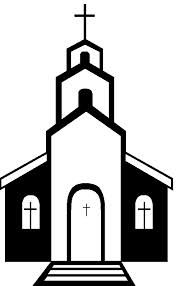 THE PURPOSE:
THE PURPOSE: Your Project Should Include
Your Project Should Include HOW IT IS ADMINISTERED: Your final exam must be taken under the direct supervision of a proctor (observer) who has been approved by the seminary. When you are ready to take your exam, please talk to the person whom you would like to recommend to be your proctor. If they agree, please submit his or her name and contact information to the academic dean at Evangel Theological Seminary. If they are approved, the exam will be sent to them along with the Scantron answer sheet. You will then make an appointment with them to oversee the exam. The completed exam and Scantron MUST be returned by the proctor. Your exam will be graded by a computer. Complete instructions on how to use the Scantron answer sheet will be on the sheet itself.
HOW IT IS ADMINISTERED: Your final exam must be taken under the direct supervision of a proctor (observer) who has been approved by the seminary. When you are ready to take your exam, please talk to the person whom you would like to recommend to be your proctor. If they agree, please submit his or her name and contact information to the academic dean at Evangel Theological Seminary. If they are approved, the exam will be sent to them along with the Scantron answer sheet. You will then make an appointment with them to oversee the exam. The completed exam and Scantron MUST be returned by the proctor. Your exam will be graded by a computer. Complete instructions on how to use the Scantron answer sheet will be on the sheet itself.